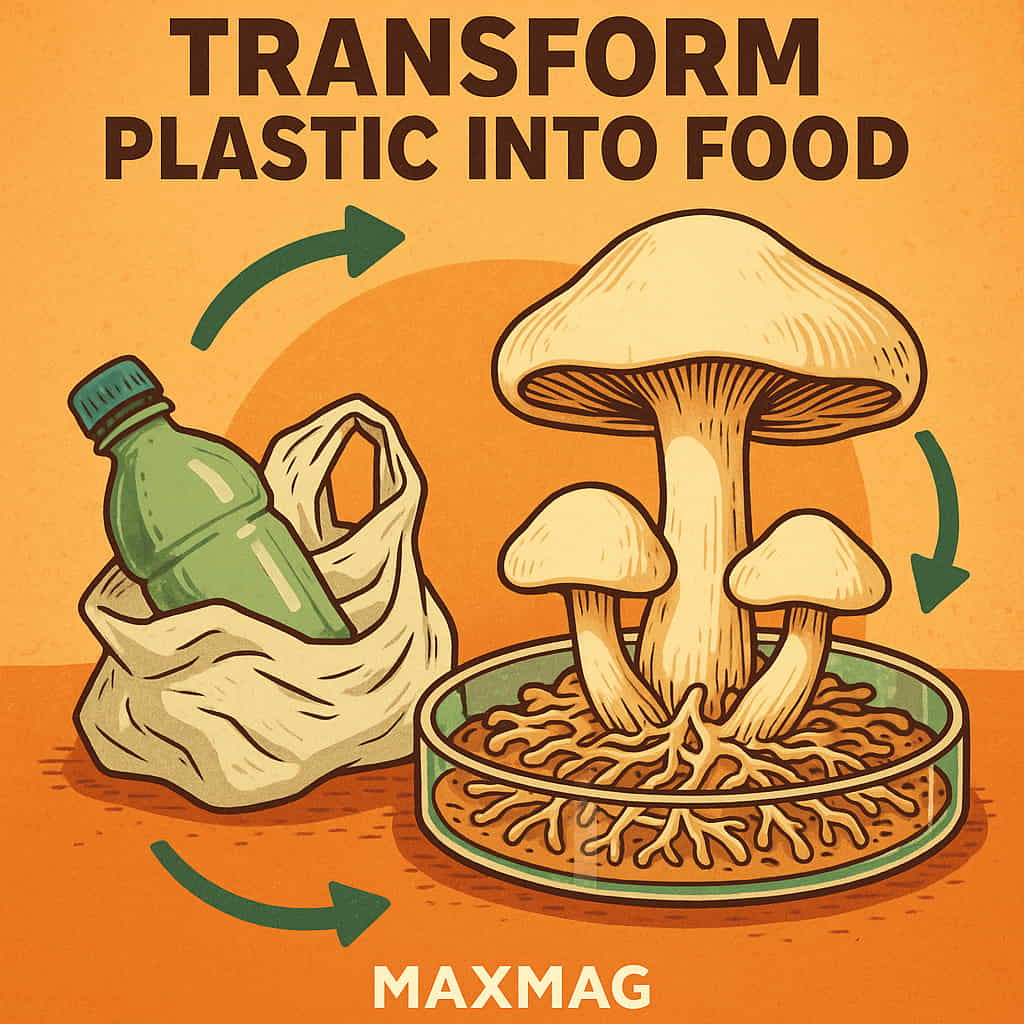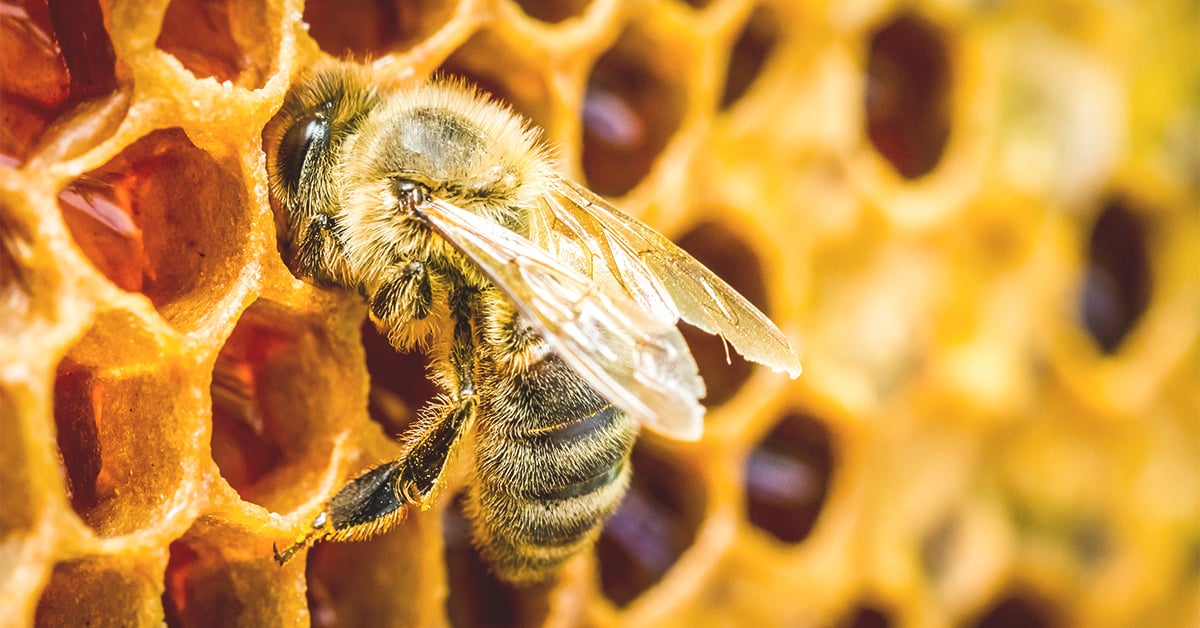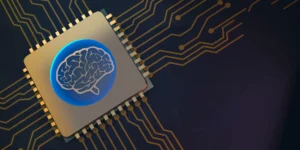In a world overwhelmed by plastic waste, a group of scientists and designers have imagined a radical solution: what if we could transform plastic into food?
That’s exactly the idea behind Fungi Mutarium, an experimental biotechnology project that explores how fungi can digest plastic and grow into edible matter. While the concept sounds like science fiction, it is rooted in real science and driven by urgent global needs—reducing pollution and creating sustainable food systems. In this article, we’ll break down how this visionary idea works, where the science stands today, and what it could mean for the future.
A New Kind of Recycling: Turning Trash Into Nutrition
Plastic waste is everywhere. From landfills and oceans to the food chain, synthetic polymers have become a global crisis. Most recycling systems only handle a small percentage of this waste—and even that often ends up being downcycled or exported.
The Fungi Mutarium project offers a radically different approach. Instead of trying to melt, shred, or chemically process plastics, this system invites nature—specifically fungi—to do the heavy lifting. In controlled environments, fungi are introduced to softened plastic substrates. Over time, they begin to colonize the plastic, digest parts of it, and grow biomass that is rich in nutrients.
In short: transform plastic into food.
How the Fungi Mutarium Works
Developed by a collaboration between scientists and design studio Livin Studio in Austria, the Fungi Mutarium is both a scientific and aesthetic experiment. At its core, the process works like this:
-
Plastics are pre-treated using UV light or heat to make them more susceptible to biological breakdown.
-
Fungal species known for their ability to digest tough materials—such as Pleurotus ostreatus (oyster mushroom) and Schizophyllum commune—are introduced.
-
These fungi grow over and around the plastic, slowly digesting it and replacing it with mycelium (a dense root-like network).
-
Once fully grown, the outer shell of fungal material can be harvested and potentially used as food.
This process doesn’t literally mean the plastic itself becomes food; rather, fungi break down the plastic and use it as a carbon source, then grow into something entirely new.
Can We Really Transform Plastic Into Food?
The phrase “transform plastic into food” doesn’t mean biting into a piece of polyethylene. Instead, it refers to the fungal lifeforms that digest plastic and grow into something humans could potentially consume. While the concept is still in the research phase, the implications are enormous.
Imagine being able to grow mushrooms using plastic waste instead of organic compost. Not only does this reduce landfill overflow, but it also provides a new source of protein-rich food in a world facing food insecurity.
Even more importantly, fungi such as oyster mushrooms are already widely consumed, known for their high levels of protein, fiber, B vitamins, and antioxidants. The challenge is ensuring that the end product is safe and free of any residual toxins from the plastic substrate.
Researchers are also working to make this process efficient and scalable. As noted by scientists at MIT, mycelium-based structures can be tailored to grow on a variety of surfaces, opening new possibilities for biodegradable materials and even food applications.
The Plastic Problem Is Bigger Than Ever
According to a 2023 report by the Environmental Protection Agency (EPA), Americans generated over 35 million tons of plastic waste in a single year. Globally, that figure surpasses 400 million tons annually.
Of this, less than 10% is ever successfully recycled. Much of the rest ends up in landfills, incinerators, or oceans, where it breaks into harmful microplastics that persist for centuries.
Turning plastic into food using fungi doesn’t just reduce waste—it offers a circular solution. Instead of single-use plastics harming ecosystems, they could one day feed them.
The Role of Fungi in Bioremediation
Fungi are nature’s quiet recyclers. In forests, they break down fallen trees. In agriculture, they enrich soil. But only recently have scientists begun to explore their role in breaking down synthetic materials.
A 2011 study from Yale University found that certain species of mushrooms could survive on polyurethane, one of the world’s most commonly used plastics. This discovery led to an explosion of interest in what is now called mycoremediation—the use of fungi to clean up environmental contaminants.
In controlled environments, these fungi are not only surviving but thriving on plastics, growing robust mycelium networks that can be harvested and potentially used in construction materials, textiles, and yes—food.
Challenges and Ethical Considerations
While the idea to transform plastic into food is exciting, there are some critical hurdles to overcome:
-
Toxicity concerns: Plastics contain dyes, additives, and heavy metals. Even if fungi can digest them, ensuring the final product is safe to eat is a huge challenge.
-
Speed: Fungal digestion of plastic is slow. In some experiments, it can take weeks or months to see significant breakdown.
-
Regulatory approval: Turning waste into food is a regulatory minefield. Approval by food safety authorities will require rigorous testing.
-
Public acceptance: Will people be willing to eat food that grew on plastic?
These concerns are valid, and researchers are moving cautiously, ensuring that safety and transparency remain top priorities.
What the Future Could Look Like
In a future shaped by climate change, food insecurity, and overflowing landfills, technologies like Fungi Mutarium could play a major role.
Imagine urban farms growing edible mushrooms on repurposed plastics from packaging waste. Or rural communities using locally collected trash to grow fungal protein as a low-cost food source.
As technology evolves, these ideas could become reality. And if done responsibly, transforming plastic into food may be one of the most unexpected breakthroughs in sustainability.
Already, companies like Ecovative are growing packaging and building materials from mycelium. Adding food to that list is just one fungal mutation away.
H3: Transform Plastic Into Food – Science Fiction or Future Reality?
It’s easy to be skeptical of wild ideas. But history shows that yesterday’s science fiction often becomes tomorrow’s reality. Fungi Mutarium might not be in your local grocery store yet, but the foundational science is real.
If fungi can help us reduce waste, grow food, and build sustainable systems, then investing in this research is not just innovative—it’s essential.
Final Thoughts
Turning plastic into food is not a metaphor anymore. It’s a real experiment underway in labs around the world, one that could redefine how we handle waste and feed the planet. The journey is just beginning, but the destination—cleaner ecosystems, less pollution, and new food sources—makes the challenge worth pursuing.
FAQ
What is Fungi Mutarium?
Fungi Mutarium is an experimental system that uses fungi to grow edible biomass on plastic waste.
Is it safe to eat food grown from plastic?
Scientists are still researching the safety of this method. Fungi would need to fully metabolize the plastic and remove any toxins before being considered edible.
What kind of fungi are used?
Common edible fungi like oyster mushrooms and split gill mushrooms have shown promise in digesting certain types of plastic.
How long does it take to break down plastic using fungi?
Breakdown rates vary depending on the plastic and conditions, but it can take several weeks to months.
Can this system be scaled up?
Scaling is possible with the right infrastructure, though safety, cost, and public perception will play a key role in its future adoption.







